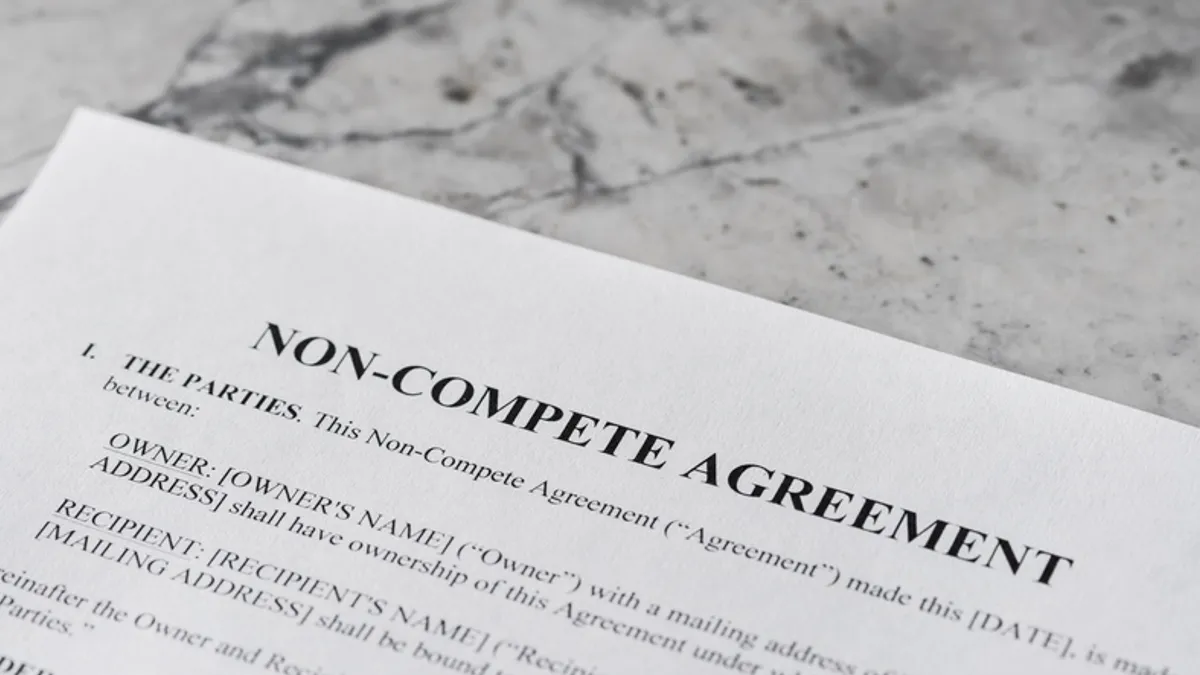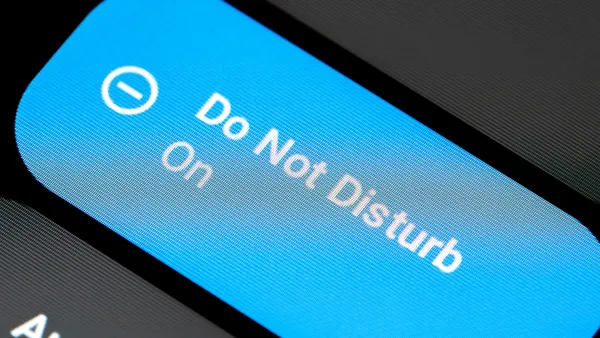Walgreens didn’t manufacture or prescribe the opioids that ravaged the San Francisco Bay Area over the last 15 years, but as part of the regulated system to control how dangerous drugs are distributed, the company is guilty of creating a public nuisance by downplaying its responsibility to keep the drugs from being diverted to non-medical use, U.S. District Judge Charles Breyer of the Northern District of California said in his widely reported opinion last week.
The decision is the latest that reaches beyond the manufacturers and prescribers of highly addictive prescription opioids to target companies involved with distribution.
A spokesman for Walgreens, the dominant drug store chain in San Francisco, which filed the lawsuit against the company, said the company would appeal the decision.
“We never manufactured or marketed opioids, nor did we distribute them to the ‘pill mills’ and internet pharmacies that fueled this crisis,” company spokesperson Fraser Engerman said in a statement.
Good faith dispensing policy
The company created a pharmaceutical integrity team in response to a finding about a decade ago by the Drug Enforcement Administration that its distribution system lacked adequate controls to prevent the diversion of drugs.
But the team was “window dressing,” the court said.
The pharmacies in its more than 60 stores in the Bay Area were understaffed, typically with just one licensed person on duty at a time, making it hard for the pharmacist to do due diligence that meets the company’s good faith dispensing policy.
That policy requires them to investigate red-flag prescriptions. These are prescriptions in which the prescriber might be a doctor known for over-prescribing opioids, or the prescription has the appearance of being fake, among other things.
Because of pressure to fill prescriptions within a promised time frame, even while understaffed, only a fraction of prescriptions with red flags were adequately checked, resulting in more than a million prescriptions getting filled without proper due diligence over a 15-year period, the court said
“[I] constantly felt like there was a pressure to fill, fill, fill and that was what the company cared about most,” one of the company’s pharmacists testified.
Pharmacists said they wanted a digital tracking system so they could be on the same page about which prescribers were being denied and why, but company executives kept putting that off, in part for cost reasons. As a result, pharmacists had no efficient way of knowing what their counterparts in other stores, and even within their own store, were doing and why.
“If I refused [a prescription] at my store, patients would likely attempt to walk down the street along Mission Street and try it at each subsequent store … until they found a pharmacy that might fill it for them,” one pharmacist said.
Training was little more than a brochure discussed in a 10-minute session, the court said. “In comparison, the time assigned for training on Walgreens’ ‘Prescription Savings Club’ is 20 minutes, while the time assigned for ‘Gift Card Training’ is 40 minutes,” according to the court.
Executive-level oversight consisted mainly of periodic on-site walk-throughs, which the court found inadequate.
“Walgreens management did not formally document any responses to the compliance questions, nor did they otherwise follow a process for documenting pharmacies’ compliance with Walgreens’ policies,” the court said.
Public nuisance contributor
In sum, the opioid crisis created a public nuisance in the city by taxing public services and making parks and other areas unavailable to the public because of how drug addicts used the spaces, among other things, and Walgreens contributed to that, the court said.
The company’s culture focused on sales at the expense of preventing the diversion of drugs for non-medical use, creating a breakdown in the closed, regulated system that’s intended to prevent that from happening.
In announcing its plan to appeal, the company said the court has made a mistake in deciding in favor of the city’s public nuisance charge.
Engerman, the company spokesperson, called the public nuisance finding “misguided and unsustainable.”
Another trial will be scheduled to determine the amount of any penalty and steps the company must take to abate the public nuisance the company helped create.











